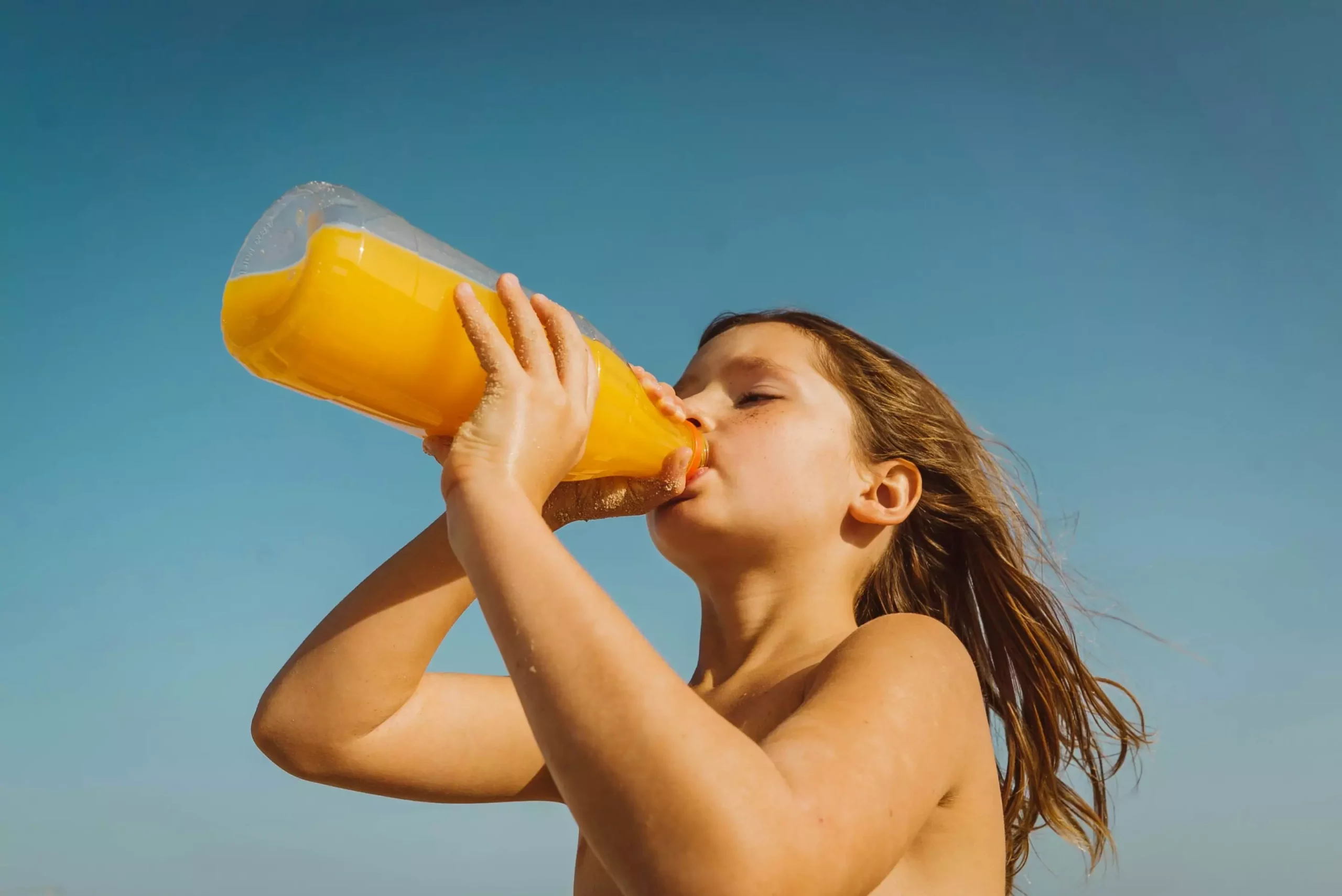In an age where environmental consciousness is at an all-time high, consumers are gravitating toward packaging solutions that promise sustainability. A recent study conducted by food scientists at the University of Massachusetts Amherst sheds new light on this notion, particularly regarding packaging for 12-ounce, single-serve containers of orange juice. Surprisingly, many consumers prefer glass packaging, believing it to be the most sustainable option. However, this misconception is worth scrutinizing, as deeper analysis reveals that glass may not be the environmental hero we think it is.
The study, led by Ph.D. candidate Nomzamo Dlamini, explored consumer perceptions of sustainability among various packaging materials including aluminum, carton, glass, and plastic. While respondents ranked glass as the most esteemed choice, Dlamini’s findings challenge this perception dramatically. Glass packaging, often viewed as the epitome of sustainability due to its recyclability, falls short when assessed through a lifecycle lens. Despite its aesthetic appeal and status as a premium product, data suggests that the environmental cost of producing and recycling glass is significantly higher than that of plastic.
The Lifecycle Debate
Dlamini’s research presents a compelling case for reconsidering our definitions of sustainability. Contrary to the common perception that glass is the superior choice, the study highlights critical factors influencing the environmental impact of packaging materials. Glass requires extensive energy during production and disposal processes, overshadowing the sustainability credentials of lighter alternatives like plastic. The earnest effort to recast glass as sustainable may inadvertently overlook its substantial carbon footprint.
Moreover, the analysis reveals a sobering truth: while consumers might desire sustainability, their choices are often swayed by price. The study indicates that consumers favor economical options, with sustainability ranking lower than cost considerations. This emphasizes a critical dilemma the food packaging industry faces—how to align consumer preferences with sustainable practices without increasing prices. The findings beckon a broader conversation about how to bridge the gap between consumer perception and factual implications of packaging sustainability.
Packaging Preferences Unpacked
Survey results indicated a hierarchy of preference: consumers viewed glass, followed by carton, aluminum, and lastly plastic, as the most sustainable options. However, the reality checks in when considering the food supply chain. The lightweight nature of plastic not only reduces transportation emissions but also incurs lower energy costs when produced and recycled compared to glass. The aseptic sealing process of plastic containers also demands less energy input, revealing an inherent efficiency that often gets overlooked in favor of glass’s traditional appeal.
This data underscores the need for consumers to be better informed about the environmental impacts of their choices. While the allure of glass may seem strong, it becomes evident that a thorough understanding of packaging lifecycle assessments can lead to more informed decisions. Educational initiatives, targeting both consumers and industry stakeholders, can foster a more accurate understanding of sustainability in food packaging.
Consumer Behavior Insights
Dlamini’s study employed a sophisticated methodology called conjoint analysis to dissect consumer prioritization in real-life trade-off scenarios. This technique revealed that beyond sustainability, factors like price, product claims, and packaging type heavily influence consumer behavior. It seems consumers are motivated by the lowest price option rather than outright sustainability, indicating that economic factors still reign supreme in the decision-making process.
The implications are profound. The food industry must reconsider its marketing strategies to make sustainable options not only appealing but also accessible. Future packaging solutions aimed at sustainability must be both affordable and effective. Clear labeling of sustainable options would facilitate informed decisions, ultimately influencing consumer willingness to adopt greener practices.
The Bigger Picture: Reducing Food Waste
While it’s easy to fixate on packaging and its implications for sustainability, there lies a critical element often overshadowed in these discussions: food waste. Although packaging plays a role in the environmental equation, the most effective path to sustainability is through minimizing food wastage. The research hints that consumer education on food preservation and waste reduction may hold the key to significantly enhancing overall sustainability.
With all factors considered, the discussion of packaging types and sustainability extends beyond individual choice; it challenges consumers and industry leaders alike to rethink their priorities in the quest for a greener future. As we navigate the complexities of consumer demand, the call for transparent, informed choices has never been more urgent. Packaging may be just one piece of the puzzle, but it remains critical to approach the issue holistically—balancing consumer preferences with broader ecological stewardship.

